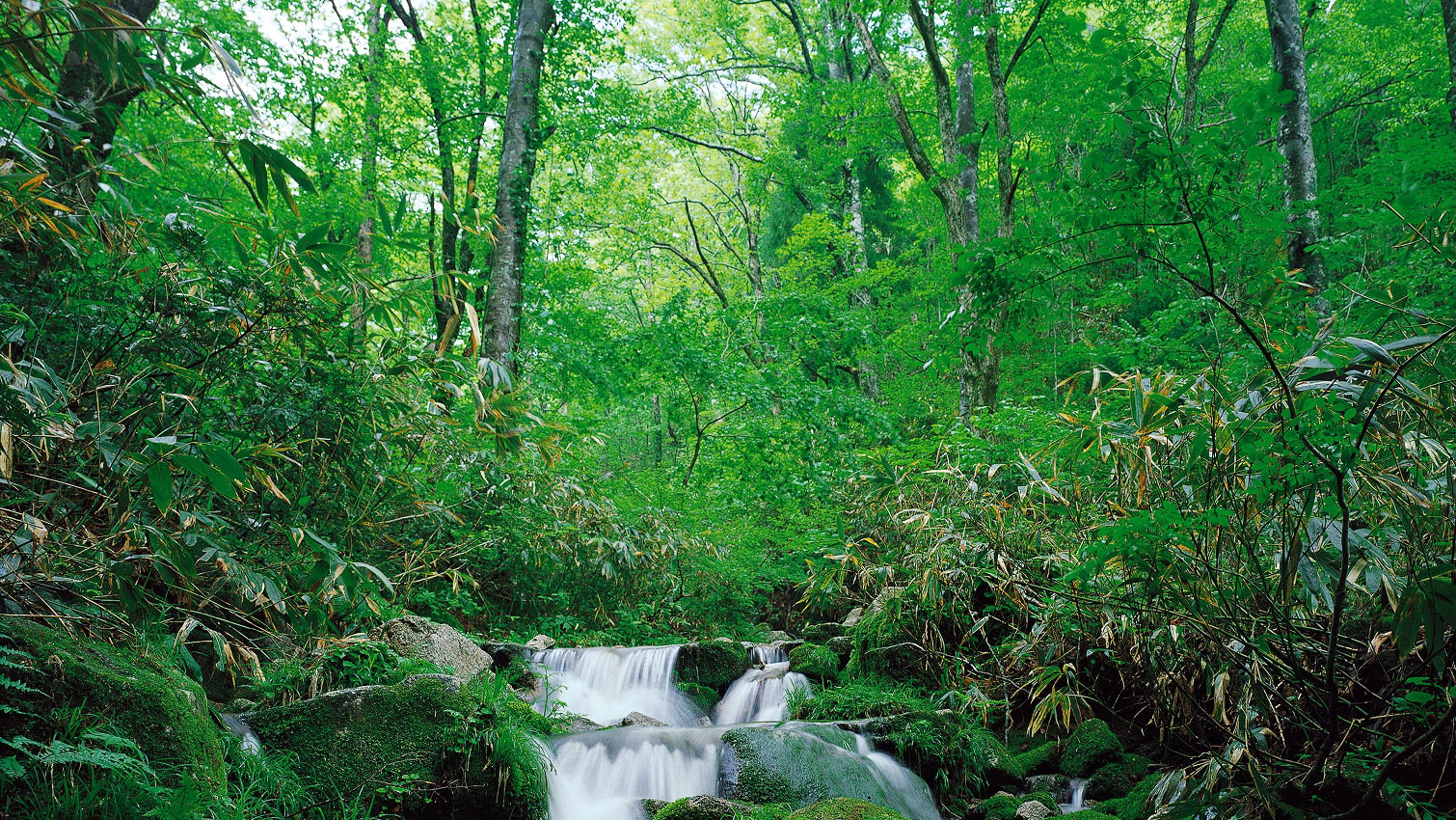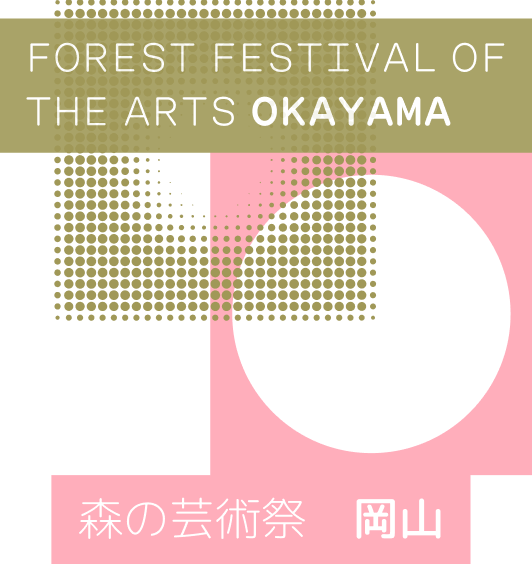ABOUT
Forest Festival of the Arts Okayama: Clear-skies Country is international art festival held in 12 municipalities in the northern Okayama prefecture (the cities of Tsuyama, Takahashi, Niimi, Maniwa, and Mimasaka; the towns of Kagamino, Shoo, Nagi, Kumenan and Misaki: and the villages of Shinjo and Nishiawakura).
Outline
- Title
- Forest Festival of the Arts Okayama: Clear-skies Country
- Festival period
- Held in the Autumn of 2027
- Area
- 12 municipalities in the northern Okayama Prefecture (the cities of Tsuyama, Takahashi, Niimi, Maniwa, and Mimasaka; the towns of Kagamino, Shoo, Nagi, Kumenan and Misaki; and the villages of Shinjo and Nishiawakura)
- Art Venues
- 7 municipalities in the northern Okayama Prefecture (the cities of Tsuyama, Takahashi, Niimi, and Maniwa; and the towns of Kagamino, Shoo, and Nagi)
- Art Director
- Yuko Hasegawa
- Regional Culture
Advisor - Kazuaki Kishimoto
Saburo Ota - Organizer
- Forest Festival of the Arts Okayama: Clear-skies Country Executive Committee
Ryuta Ibaragi (Governor of Okayama Prefecture)
Concept


Forest Festival of the Arts Okayama: Clear-skies Country 2027 will be an international art festival held in the northern half of Okayama Prefecture in the autumn of 2027.
From ancient times, the Izumo Road linking the provinces of Yamato to the east and Izumo to the west traversed this area, whose castle towns and post towns flourished in early modern times. The area consequently has a legacy of various traditional structures, crafts, and performing arts. Its land and forests yield an abundance of fruit, lumber, and other products.
Various efforts are being made to ensure the sustainability of its blessings. Of particular note is a project making effective use of forest resources in applications such as woody biomass power generation, which has been given high ratings as a progressive model for attainment of SDGs. In addition, the leisurely time and open space represented by the Hiruzen Highlands as well as the three Mimasaka spas, limestone caves, and other features which have not undergone excessive tourism development hold new possibilities in ecological thinking.
The title “Forest Festival of the Arts” was inspired by the forests in this area, which are full of elements that are of vital importance for our lives, including a moderate climate, ample supply of water and other resources, and foodstuffs. They likewise symbolize its diversity and richness as a place of natural bounty and culture, where people come together.
Taking the activation of this bounty born of forests into the future using the power of art as its objective, the festival will pose a question: “what kind of capital do we truly need?” Under an outlook regarding cultural facilities (such as art museums, memorial halls, and schools), life infrastructure (the supply of water, energy, and food), and the natural environment as components of the social common capital, the point is to create new capital through activities by not only artists but also experts (architects, scientists, and ethnologists), with the cooperation of local residents.
Besides reflecting diverse views, art generates empathy with them among viewers and nurtures powers of imagination toward new perspectives on the world and things. This makes people feel surprised, deeply moved, excited, and inspired, as well as the joy of being alive and the sense of fulfillment that comes from profound sensibility and thought. Infused with the energy of art, the ecological system of northern Okayama will be transformed into a topos that refreshes people’s hearts and minds. This festival of residents in the forested part of “clear-skies country” will celebrate this transformation.
* The concept is subject to change.
Art Director

- Yuko Hasegawa
Yuko Hasegawa is a curator and art critic based in Tokyo. She currently holds positions as Visiting Professor at Graduate School of Management, Kyoto University in "Curatorial Theory and Practice"; Program Director of Art & Design at the International House of Japan; Visiting Professor at the Research Institute for Humanity and Nature; and Professor Emeritus at Tokyo University of the Arts.
She graduated from Kyoto University, Bachelor of Arts in Law and Tokyo University of Fine Arts and Music, Master of Fine Arts in Art History.
Since 1990, she has served as a curator at Art Tower Mito, visiting curator at the Whitney Museum, curator at the Setagaya Art Museum, chief curator and artistic director at the 21st Century Museum of Contemporary Art, Kanazawa, chief curator and Artistic Director at the Museum of Contemporary Art Tokyo, and director at the 21st Century Museum of Contemporary Art, Kanazawa, before assuming her current position.
Hasegawa has been honored with Japan Commissioner for Cultural Affairs Award, the Agency for Cultural Affairs, Japan (2020).
She has also curated, either solo or in a joint capacity, international art biennials including the 7th International Istanbul Biennial (2001), the Shanghai Biennale (2002), the 29th São Paulo Biennial (2010), the Sharjah Biennial 11 (2013), and the 7th Moscow Biennale (2017), Thailand Biennale, Korat (2021) .
Her Japanese contemporary art, gender, and ecology publications include Curation -The way to shuffle sensibility and intelligence(2013),Destroy, They Say: Women Artists Subtly Traversing Boundaries(2017),Japanorama : new vision on art since 1970(2021) , Art and New Ecology : Anthropocene as dithering time(2022).
- Forest Festival of the Arts Okayama:
Clear-skies Country 2027 - Held in the Autumn of 2027
